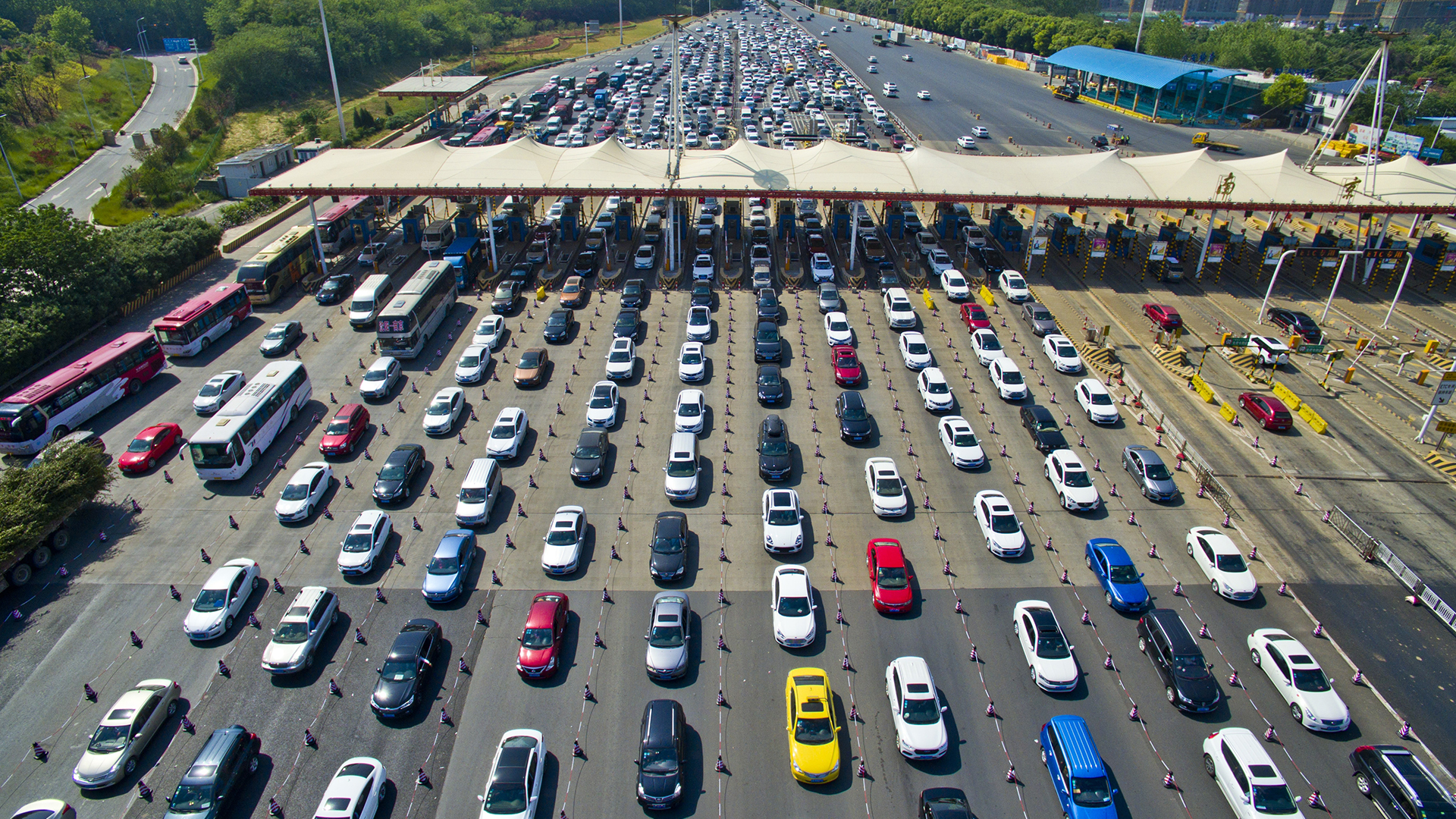

Artificial intelligence specialist Cortica is launching an automotive division that will apply AI tech to self-driving cars. Cortica isn’t the first company to try imbuing autonomous cars with AI, but its approach is different from most of the competition.
Cortica wants to use “unsupervised learning” to get self-driving cars to recognize the environment. For the record, “supervised learning” involves teaching an AI system to recognize something by showing it examples. To teach a self-driving car what a stop sign is, for example, developers could upload pictures of stop signs so the AI system has a reference.
Unsupervised learning throws out these examples. Instead, the system has to learn to recognize objects by looking at common characteristics. In theory, this should allow a self-driving car to recognize a stop sign by noting that it is red and has eight sides, without developers having to upload images of stop signs in every conceivable condition or configuration.
A self-driving car’s need to process massive amounts of visual data is the reason Cortica believes unsupervised learning will be key. In California alone, autonomous-car cameras will soon produce a volume of video “equal to YouTube’s entirety every hour,” Igal Rachelgauz, Cortica co-founder and CEO, said in a press release announcing Cortica’s automotive division. Sifting through that data will be a big job.
Cortica claims its system will allow self-driving cars to think more like humans, which will give them more flexibility. That includes being able to adapt to different lighting and weather conditions, and being able to operate more effectively in unmapped areas. Many other companies believe an extensive library of digital maps will be key to making autonomous cars work. (Cortica claims its system can generate those maps.)
Right now, most self-driving cars react to situations through pre-programmed responses. But that doesn’t come close to replicating a human driver’s ability to make decisions in the heat of the moment. That’s the promise of AI, but the tech still has a long way to go before it can live up to that promise.